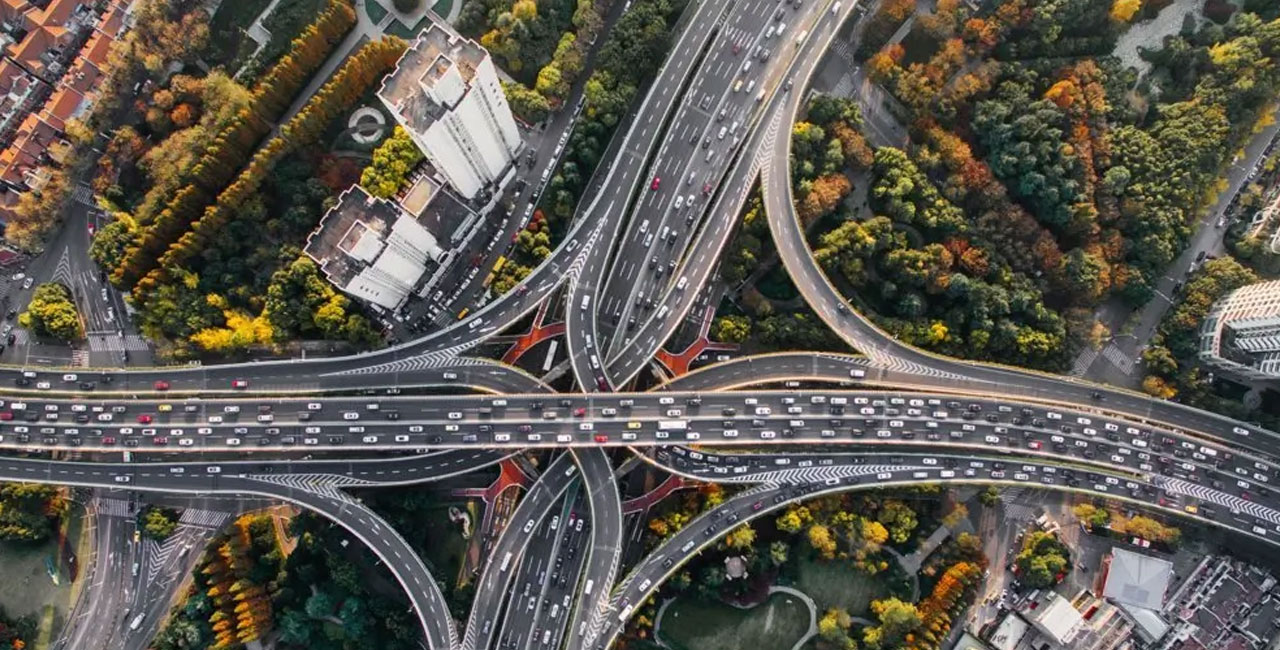
On balance, we cannot consider that one method is better than the other, as it will depend on the specific characteristics and our objectives. In this post we take stock of the pros and cons of road and rail transport to help you decide which service best suits your needs.
Road freight transport is the world's preferred method of transport. Although it does not move the most tonnes.
Its flexibility and the possibility of door-to-door delivery help to explain its success. Moreover, it is a method that allows any type of goods to be shipped. From small express shipments to full loads.
The advantages of road freight transport include the following:
The main disadvantages of road freight transport are:
Rail transport is another of the most widely used modes of transport, although it is a long way behind road transport, as it requires its own infrastructure. On the other hand, it is an efficient and less polluting method.
Among the advantages of rail freight transport, we can highlight the following:
On the other hand, we must also consider the disadvantages of rail freight transport:
In certain circumstances, it may be advisable to alternate the transport of goods by road with rail transport. This is because lorries are more flexible and better suited to smaller or urgent deliveries. And that rail is more efficient and works well with large loads. We can take advantage of the benefits of both methods by creating routes in which we combine both alternatives, this is known as intermodal or multimodal transport.
After making this comparison between the two modes of transport, we can conclude that road transport is cheaper than rail transport for medium distances. Rail is cheaper for longer distances. Depending on conditioning factors such as the amount of cargo, the urgency of delivery, etc., one mode of transport or the other may be more appropriate.
In conclusion, we should not limit ourselves to selecting one method over the other, but adapt to the circumstances at any given time. Likewise, intermodal transport can allow us to take advantage of the benefits of both methods.



This has been the work of Sr. Concejo

